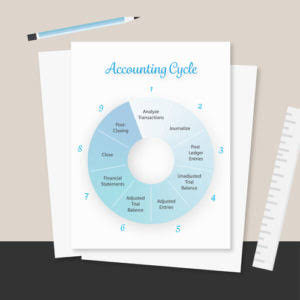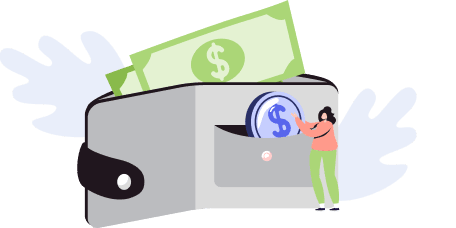
It is common for the same goods and services to be needed by these separate departments and sites. Without an established P2P process, each location may end up generating its own supply chain, which often leads to frequent errors. To properly manage either payable category, granular spend visibility is essential. Without it, the benefit of strategic financing can be diminished or even become a vector for financial risk. As such, they are often confused with being the same but are fundamentally different from each other. Refers to the funds used by a company to acquire, upgrade, or Online Accounting maintain physical assets, such as property, buildings, equipment, or technology.

BVPS- Book Value Per Share
Notes payable can be classified as short-term (due within 12 months) or long-term liabilities on the balance sheet. Since they often involve large sums, they affect a company’s debt ratios and ability to secure future financing. However, failing to pay suppliers on time can strain relationships and impact a company’s creditworthiness. The first difference between notes payable vs. accounts payable lies in the nature of the obligation. For accounts payable, a company receives goods or services and owes money to suppliers for them, usually based on the invoice terms. Companies usually obtain notes payable from financial institutions, banks, or even corporate lenders, such as parent companies or subsidiaries.

Net Profit Margin Ratio
A P&L statement summarizes the revenues, costs, and expenses of a company for a specific period of time. Publicly traded companies are required to prepare a P&L and must file their financial statements with the U.S. Securities and Exchange Commission (SEC) so that they can be made public and scrutinized by investors, analysts, and regulators. Companies must comply with a set of rules and guidelines known as generally accepted accounting principles (GAAP) when they prepare these statements.
Important points to remember about discount on notes payable:
A financial statement that presents revenues, expenses, and profits for a period. In accounting abbreviations, BV represents the original value of an asset after eliminating accumulated depreciation. It can be difficult to improve a firm’s net profit ratio, since a business tends to pursue the highest-profit opportunities first, leaving lower-margin sales for later. A good way to avoid this trap is to pursue economies of scale, so that it becomes less expensive to generate each additional sale.
- It’s especially valuable in industries with high invoice volumes and frequent discrepancies.
- The International Organization of Securities Commissions (IOSCO) is an organization regulating the world’s securities and futures markets across multiple countries.
- A note payable is classified in the balance sheet as a short-term liability if it is due within the next 12 months, or as a long-term liability if it is due at a later date.
- It reports a company’s revenues, expenses, and net income (or loss) over a period of time.
- The increase in asset or expense account, or decrease in a liability or equity account.
- When you use this calculation to measure the results from a range of accounting periods, you can track the trend of a company’s financial accomplishments over a period of time.
Inventory represents one of the most critical assets of a business because inventory turnover depicts one of the primary income generation sources. Cost per unit is a calculation of a company’s cost to build or manufacture one product unit. Usually, cost per unit involves costs that vary with the number of units made (variable cost) and expenses that don’t change with the number of units produced (fixed costs). You can leverage understanding a supplier’s payment Outsource Invoicing flexibility and historical reliability to negotiate better credit terms or discount arrangements.

The profit and loss (P&L) statement is a financial report that compiles the revenues, costs, and expenses acquired during a specified period. Some refer to the P&L statement as expense statement, income statement, or earnings statement, among others. In the most common definition of n/p meaning in accounting the term, credit refers to an agreement to buy a good or service with the guarantee to pay for it later. There are many different credit forms, with the most popular form being bank credit or financial credit. It either decreases assets or increases equity, liability, or revenue account. An accounting period refers to the time at which a series of financial statements are issued.

If the note is zero-interest bearing, the present value tables have to come into play. Once a loan is paid off, the note payable is removed from the balance sheet as the debt is cleared. Notes payable are loans a business borrows, listed as liabilities on the balance sheet with specified repayment terms. It is important to realize that the discount on a note payable account is a balance sheet contra liability account, as it is netted off against the note payable account to show the net liability. On February 1, 2019, the company must charge the remaining balance of discount on notes payable to expense by making the following journal entry. The notes payable are not issued to general public or traded in the market like bonds, shares or other trading securities.
Leave a Reply